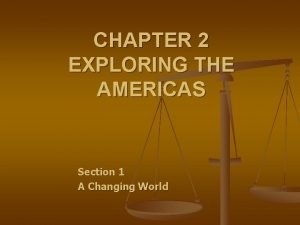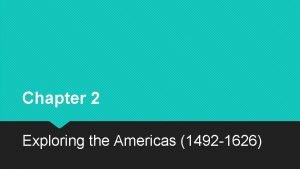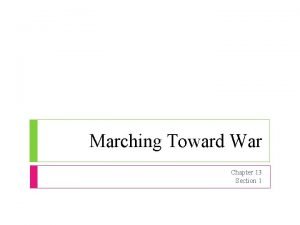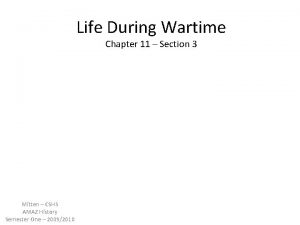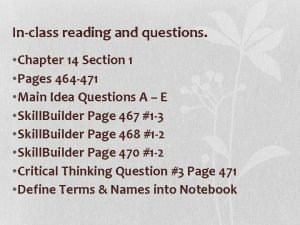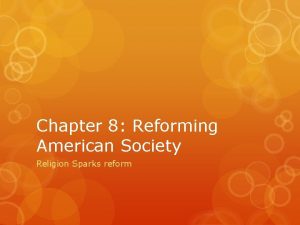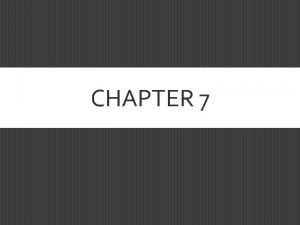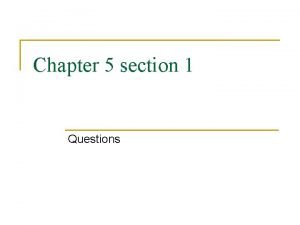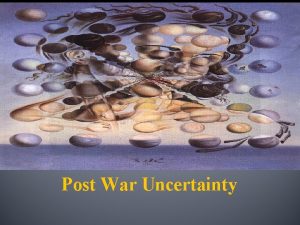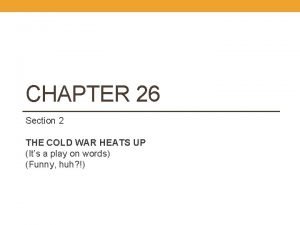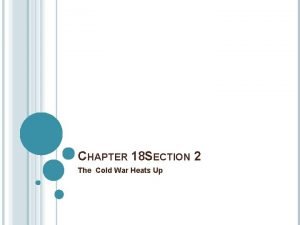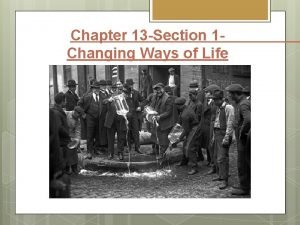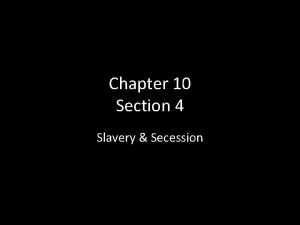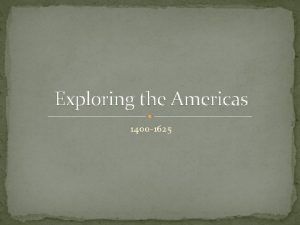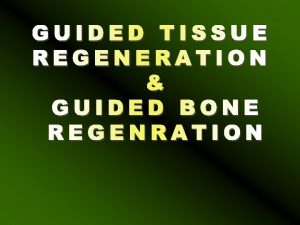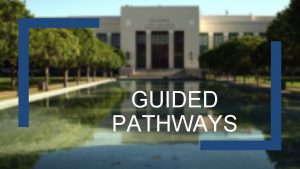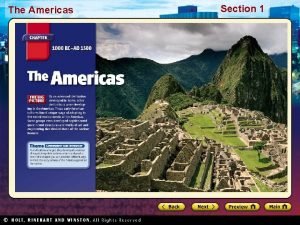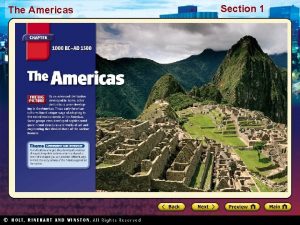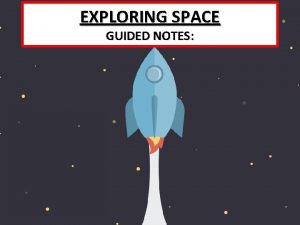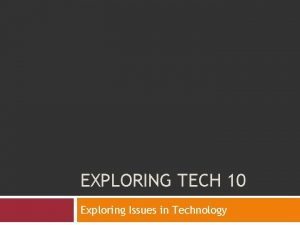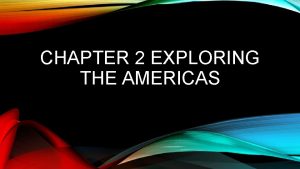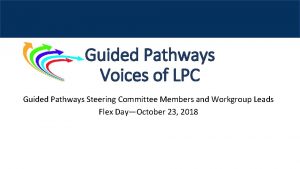Exploring the Americas CHAPTER 2 SECTION 1 Guided












- Slides: 12

Exploring the Americas CHAPTER 2 - SECTION 1

Guided Reading Question? What advances in technology paved the way for European exploration?

Overview During the 1400 s, European countries competed to find a sea route to the Indies – the Islands southeast of Asia. At this time, spices were more than flavorings for food. People used them as medicine and to keep food from spoiling. The spices were in high demand. Portuguese sailors were the first to find a new route to Asia. They sailed around Africa and then eastward to Asia. Italian-born Christopher Columbus tried a different route. He sailed west across the Atlantic Ocean. He had no idea that the continents of North and South America lay in his way.

Better Ships, Better Sailors Christopher Columbus journey was possible due to better technology such as: • The compass (showed direction) • The astrolabe and quadrant (measured the position of the sun and stars) • Better Maps (more precise) • Better ships such as the carrack (sturdy and large) and caravels (small but easier to handle)


Exploring the World Columbus would need more than the latest technology to make it across the ocean. He also needed help paying for the voyage. Queen Isabella of Spain agreed to fund the expedition. She had two reasons for doing so. First, Columbus promised to bring Christianity to any lands he found. Second, to make Spain rich from increased trade. On August 3, 1942, Columbus set sail from Spain with a crew of about 90 sailors and supplies to last 6 months. He had 3 ships- The Nina, The Pinta, and the Santa Maria. Remember, the Santa Maria was a Carrack and the other two ships Caravels

Exploring the World – COPY for H. W. On October 12, 1492 they spotted land. It was an island chain called the Bahamas. Columbus claimed the island for Spain, and named it San Salvador. The maps he used showed Europe, Asia, and Africa as one large land mass. They did not show North or South America. Some explorers thought that the Western (Atlantic) and Eastern (Pacific) oceans ran together to form what they called the “Ocean Sea. ” No one realized that another huge landmass – the Americas – lay in the middle.

How does the artist portray Columbus and the event?

Exploring the World- Copy for H. W. Columbus had actually arrived in the Caribbean islands – known today as the West Indies. Because he thought he was in the East Indies, he called the native people “Indians. ” Columbus made 3 more voyages to the Americas. He explored what is now Hispaniola, Cuba and Jamaica. He claimed that land for Spain and started settlements. He also mapped the coastline of Central America.

Exploring the Americas – Copy for H. W. Amerigo Vespucci He realized South America was a separate continent and not part of Asia. America is named after him. Vasco Nunez de Balboa Explored Panama. First European to see the Pacific Ocean. (he does not name it) Ferdinand Magellan Portuguese explorer working for Spain. Sails into the Pacific Ocean. The waters were so peaceful – pacifico in Spanish – that Magellan named the ocean the “Pacific. ” Magellan and his crew first to Circumnavigate. (sail around the world)

The Columbian Exchange – Copy for H. W. The voyages led to the exchange of people, plants, animals, and germs from each continent to the other. This exchange – today known as the Columbian Exchange – had a great effect on the world’s culture.

Short Clip https: //florida. pbslearningmedia. org/resource/58 b 6 bd 78 -c 924 -4 d 32 -b 48 dd 9590 b 862 ff 5/columbus-pbs-world-explorers
 Chapter 2 exploring the americas study guide
Chapter 2 exploring the americas study guide Chapter 2 exploring the americas answer key
Chapter 2 exploring the americas answer key Chapter 13 section 1 marching toward war
Chapter 13 section 1 marching toward war Chapter 11 section 3 life during wartime
Chapter 11 section 3 life during wartime Guided reading chapter 14 section 1
Guided reading chapter 14 section 1 Chapter 8 section 1 religion sparks reform answer key
Chapter 8 section 1 religion sparks reform answer key Guided reading activity 7-3
Guided reading activity 7-3 Guided reading chapter 5 section 1
Guided reading chapter 5 section 1 Chapter 31 section 1 postwar uncertainty
Chapter 31 section 1 postwar uncertainty Chapter 26 section 2: the cold war heats up answer key
Chapter 26 section 2: the cold war heats up answer key Chapter 18 section 2 the cold war heats up answer key
Chapter 18 section 2 the cold war heats up answer key Chapter 13 section 1 guided reading changing ways of life
Chapter 13 section 1 guided reading changing ways of life Chapter 10 section 4 guided reading slavery and secession
Chapter 10 section 4 guided reading slavery and secession
